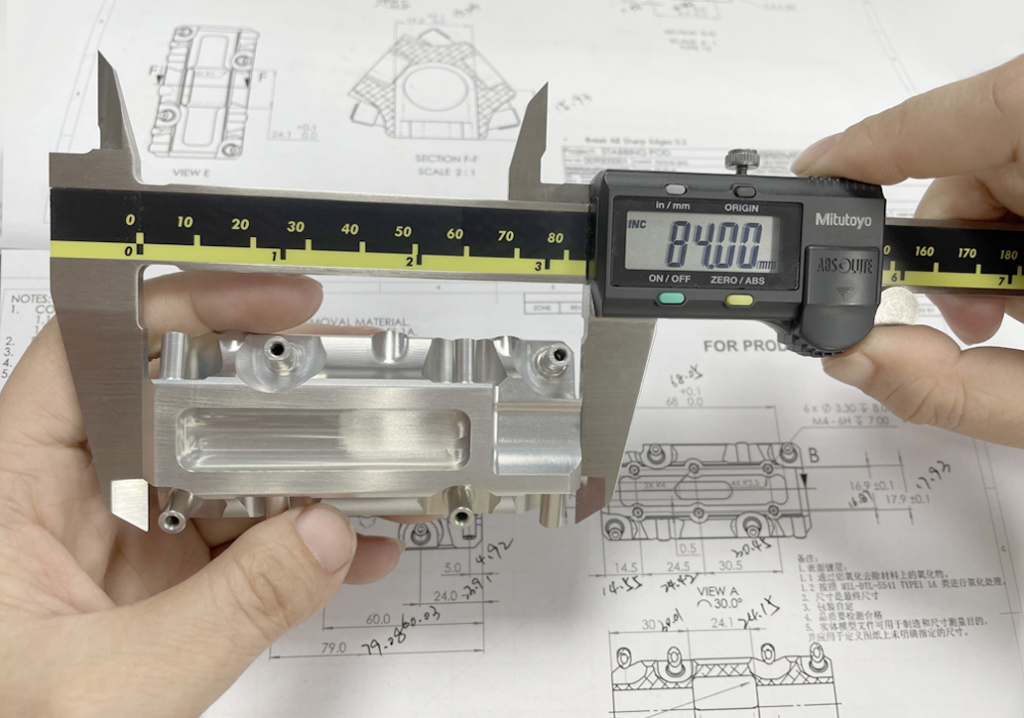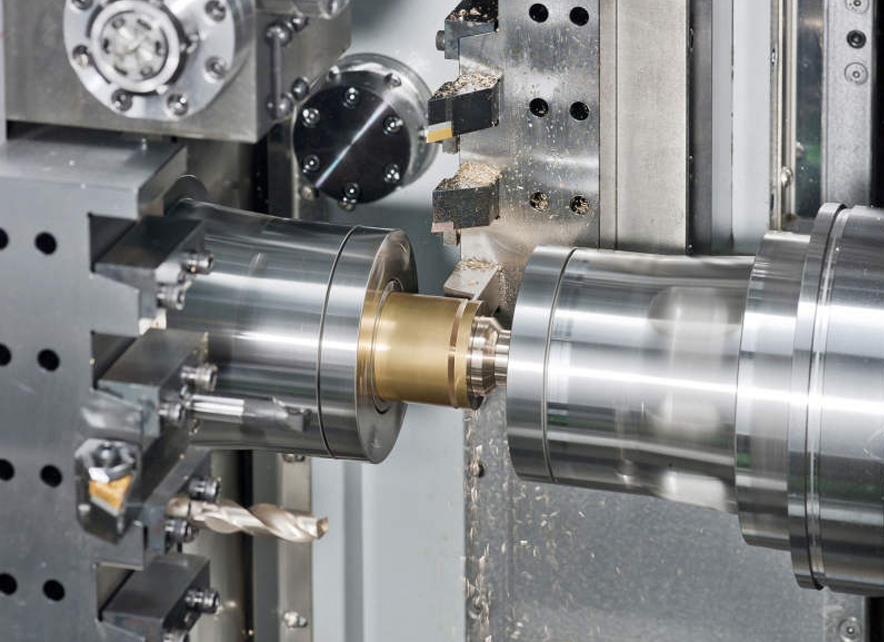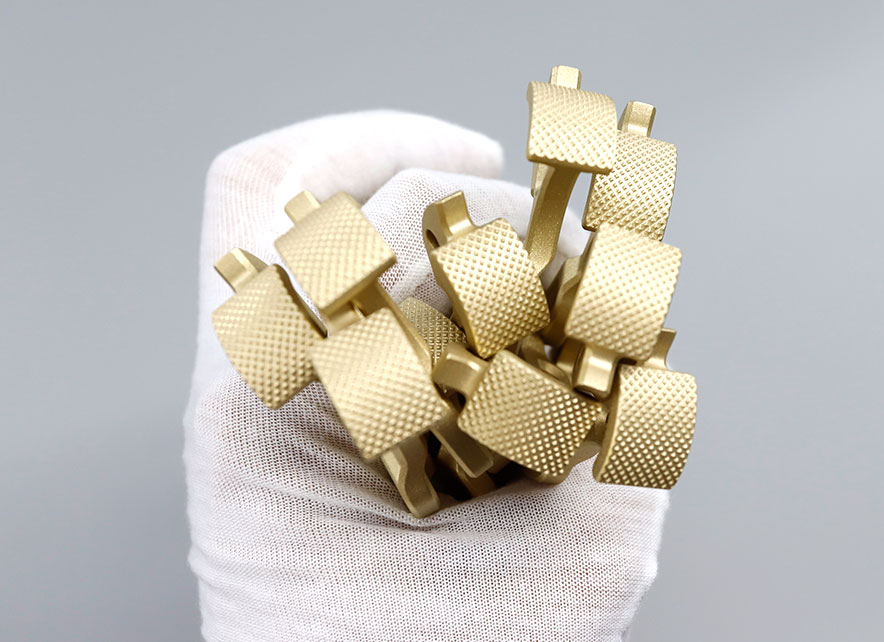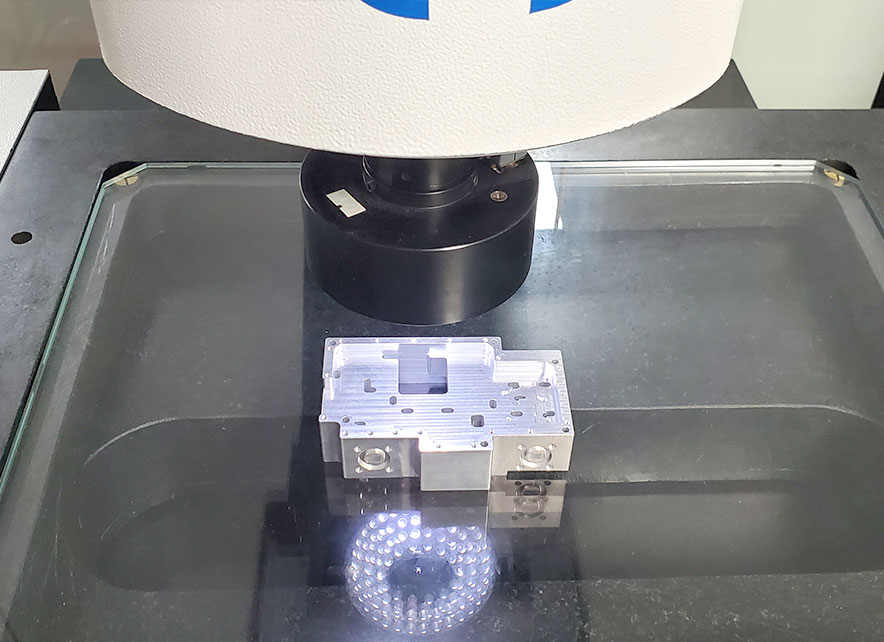CNC Machining Material Selection Guide
Select appropriate materials according to the use requirements of parts

Posted on :May11, 2022 By GREFEE
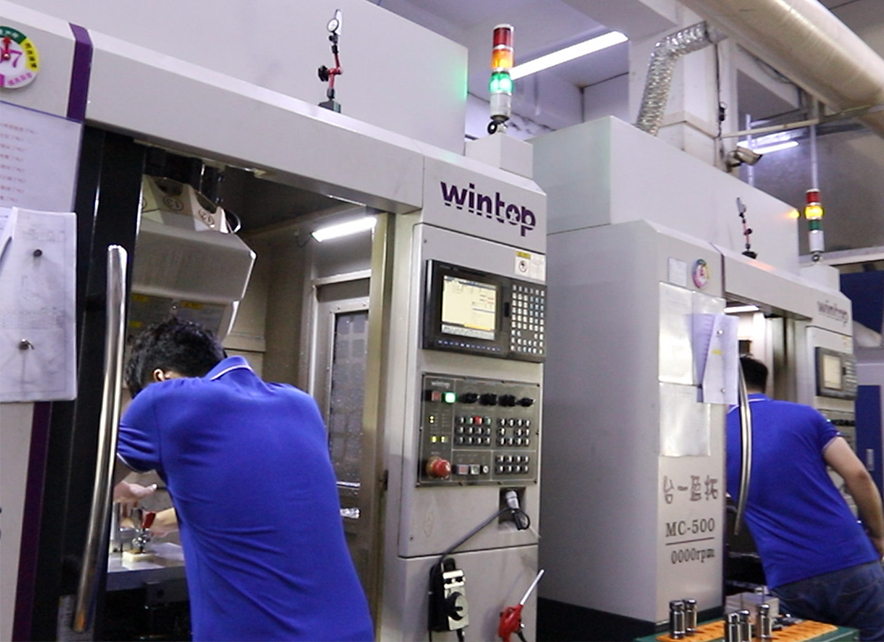
CNC machining is indispensable for the machining industry due to its high machining accuracy and price advantage. While, it is not always that easy to initiate a project with everything set up, like material type. Today, we will introduce some typical CNC machining materials, metal materials, and plastic materials for various functions. For more detailed information, contact GREFEE for support.
1. Aluminum alloy (metal)
Aluminum alloy has an excellent strength-to-weight ratio, thermal and electric conductivity, and natural corrosion resistance, which is easy to process in mass production at a low cost. Thus, it is the most economical choice for manufacturing metal parts and prototypes.
The strength and hardness of aluminum alloys are lower than steel’s, but they can be anodized and form a hard protective layer.
Aluminum 606 is the most common aluminum alloy with an excellent strength-weight ratio and outstanding mechanical machining properties.
Aluminum 608 has a similar composition and material property as 6061, more common in Europe and meets British standards.
Aluminum 7075 is the best-used alloy for aerospace applications. For these applications, weight reduction is essential due to its excellent fatigue property and can be heat treated to high strength and stiffness equivalent to steel.
Aluminum 5083 has exceptional strength and seawater resistance than other aluminum alloys. Hence, it is often applied in construction and marine application, as well as welding.
Material property:
Typical density of aluminum alloy: 2.65-2.80 g/cm3
Can be anodized
Non-magnetic

2. Stainless steel (metal)
Stainless steel alloy has high strength, good elasticity, outstanding wear resistance, and corrosion resistance. Besides, it is easy to weld, process, and polish. They are basically non-magnetic or magnetic.
Stainless steel 304 is the most common stainless steel alloy and is known for excellent mechanical performance and great mechanical machinability, can against most server environment conditions and corrosion mediums.
Stainless steel 316 is another typical stainless steel alloy that owns similar mechanical properties as the 304 series even though it has higher corrosion and chemical resistance, especially for salt solutions (such as seawater). Hence, it usually is the first choice under poor conditions.
Stainless steel 2205 Duplex is the one which has the highest strength (two times that other ordinary stainless steel) and excellent corrosion resistance, so it is often adopted in server conditions, especially popular in petroleum, natural gas, etc.
Compared to 304, 303 stainless steel has excellent toughness but low corrosion resistance. Due to its outstanding machinability, 303 stainless steel is often applied in mass applications, such as the bolts and nuts used in aerospace.
The mechanical property of stainless steel 17-4 (SAE 630grade) is almost equivalent to 304. It can be predicate-hardened to a very high level (almost equal to tool steel) and demonstrate excellent chemical resistance, which suits applications with high properties, such as the manufacturing of the turbine blades.

material property:
Typical density: 7.7-8.0 g/cm3
Non-magnetic stainless alloy: 304、316、303
Magnetic stainless steel alloy: 2205 Duplex,17-4
3. Low carbon steel (metal)
Low carbon steel has good mechanical properties, mechanical machinability, and weldability. Due to the low cost, low carbon steel can be seen more often in universal applications, including equipment components, jigs, and fixtures manufacturing. However, low-carbon steel is easy to be eroded by chemicals.
Low carbon steel 1018 is a common type of alloy, having excellent mechanical machinability, good weldability, great weldability, strength, and stiffness, which is the most common low carbon steel alloy.
Low carbon steel 1045 is medium carbon steel with good weldability, mechanical machinability, high strength, and low impact ability.
Low carbon A36 is a common structural steel with good weldability, adopting in different industrial and construction application.
Material property:
Typical density: 7.8-7.9 g/cm3
magnetic

4. Alloy steel (metal)
In addition to carbon, alloy steel also contains other alloy elements that enhance the stiffness, toughness, fatigue, and wear resistance.
Alloy steel 4140 has fine comprehensive mechanical property, excellent strength, and toughness, which is adopted in many industries, but not for welding.
Alloy steel 4340 can bear high strength and stiffness heat treatment without breaking the roughness, wear resistance, and fatigue strength. This type of alloy is weldable.

material property:
Typical density: 7.8-7.9 g/cm3
magnetic
5. tool steel (Metal)
Tool steel is a kind of metal alloy which are particularly well-suited to be made in manufacturing tools due to its high stiffness, rigidity, wear resistance, and thermal resistance, like molds and stamps. To obtain better mechanical properties, they have to experience the high-temperature treatment.
Tool steel D2 is a wear resistant alloy and can maintain its stiffness at 425 degrees. It is usually for making tools and molds.
Tool steel A2 is an air hardening commonly used tool steel that has good toughness and excellent size stability, so it is often adopted in manufacturing injection molding molds.
Tool steel O1 is an oil hardening steel that often works as a material to make tools and cutting tools, of which the stiffness is often as high as 65 HRC.
Material property:
Typical density: 7.8 g/cm3
Typical stiffness: 45-65 HRC

6. Yellow metal (metal)
The yellow metal is a kind of metal alloy with good mechanical machinability and excellent electrical conductivity, particularly suitable for applications that require low abrasion. It is often used in construction to manufacture parts with a gold appearance to reach the aesthetic goal.
Yellow metal C36000 is a kind of material with high tensile strength and corrosion resistance. It is also one of the materials that are most convenient to process, so C36000 is often adopted in a large number of applications.

Material property:
Typical density: 8.4-8.7 g/cm3
non-magnetic
7. ABS (plastic)
ABS is one of the commonly seen thermal plastics with good mechanical properties, impact strength, thermal resistance, and mechanical machinability.
ABS is low density, fitting for lightweight applications. ABS parts in CNC machining usually are used for making prototyping before the injection molding mass production.
material property:
Typical density:1.00-1.05 g/cm3

8. Nylon (plastic)
Nylon, also named polyamide (PA), is a type of thermal plastic used commonly in industrial applications due to its excellent mechanical property, good impact strength, chemical resistance, and wear resistance. However, it is easy to absorb water and moisture.
Nylon 6 and nylon 66 is the most commonly used type in CNC machining.

Martial property:
Typical density: 1.14 g/cm3
9. Polycarbonate (plastic)
Polycarbonate is a thermal plastic with high toughness, good mechanical machinability, and excellent impact strength (better than ABS). It can be colored but generally is optimal transparent, so it has been widely applied in many applications, like fluid devices or automotive glass.
material property:
Typical density: 1.20-1.22 g/cm3

10. POM (plastic)
POM is well-known for its product name “Delrin”. It is the industrial thermal plastic with the highest mechanical machinability.
POM (Delrin) is usually the optimal choice in CNC machining for parts that require high accuracy, high rigidity, low abrasion, excellent high temperature size stability, and extremely low water absorption ratio.

material property:
Typical density:1.40-1.42 g/cm3
11. PTFE (Teflon plastic)
PTFE is also known for Teflon, a kind of industrial thermal plastic with excellent chemical resistance, thermal resistance, and the lowest friction coefficient among all the solid bodies.
PTFE (Teflon) is one of the plastics that can bear temperature as high as 200 degrees and is also an excellent electrical insulator. However, it often works as the inside insert due to its pure mechanical property.
Material property:
Typical density:2.2 g/cm3

12. HDPE (plastic)
High density polyethylene (HDPE)is a kind of thermal plastic with a high weight to strength ratio, impact strength, and good weather resistance.
HDPE is a lightweight thermal plastic, well-suited for outdoor use and pipes. Same as ABS, it is usually applied for prototype creation before the injection molding.

Material property:
Typical density:0.93-0.97 g/cm 3
13. PEEK(plastic)
PEEK is an industrial thermoplastic with high performance in the use of industrial, thermal stability under a wide temperature range, and good chemical resistance for most chemical substances.
Due to the high weight to strength ratio, it is usually used for replacing the metal parts, as well as for biological medicine applications.
material property:
Typical density:1.32 g/cm 3

The material selection is based on the working environment, strength requirement, accuracy needs, cost control, and comprehensive evaluation. You can send your drawing to GREFEE for professional advice from our engineering team.
MORE BOLG
Categories

Try GREFEE now,for free
We keep your uploaded files confidential and secure.

